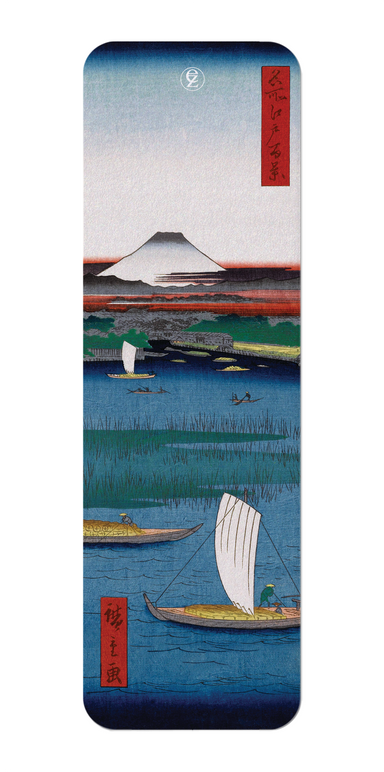Bookmark

KYOSAI MOUNT FUJI (C.1887): Japanese Bookmark
Login to view pricing
Text on the reverse side: Mount fuji has been throughout history one of the biggest inspirations for Japanese artists. One of the most commonly ac...
View full details



































